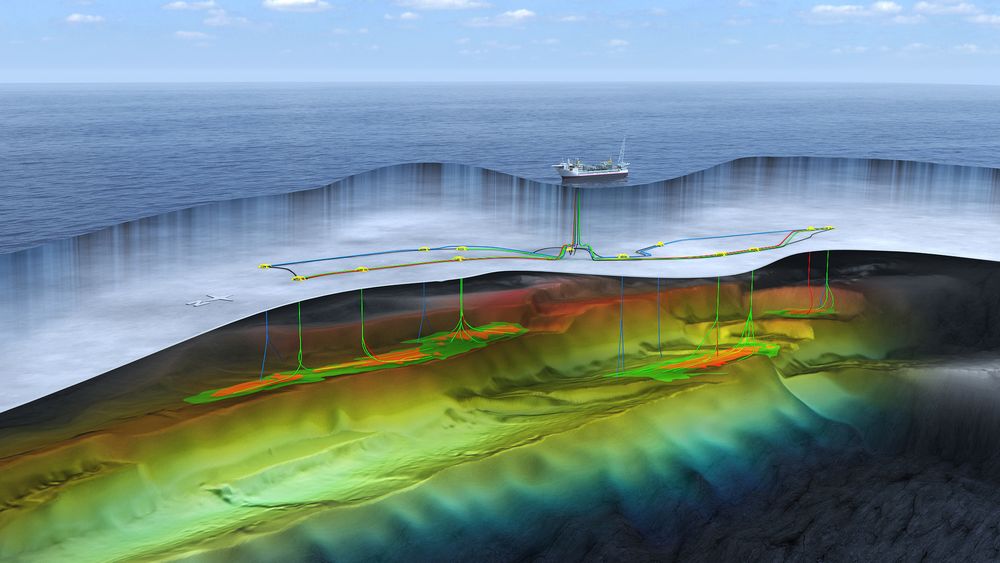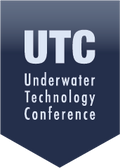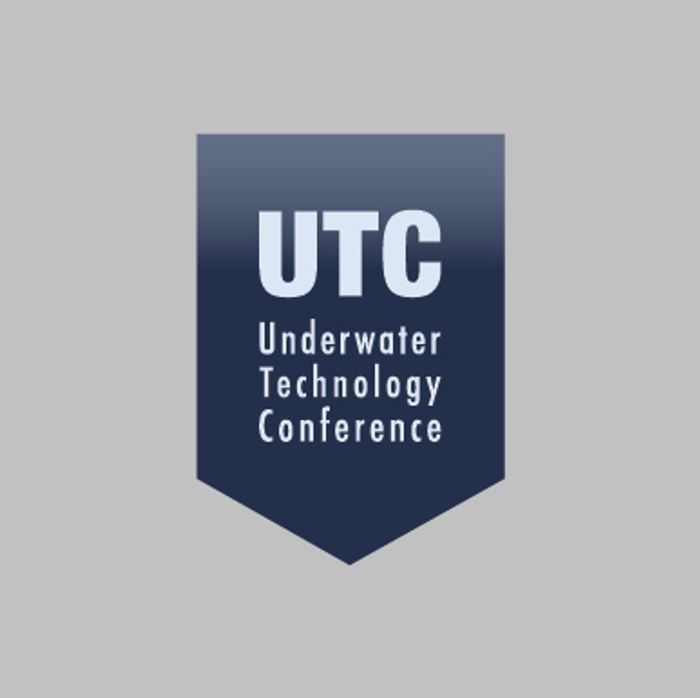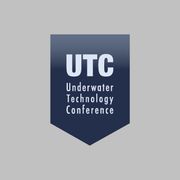Pushing the next boundary – digitalizing subsea
Digital technologies are not new to the oil and gas industry, but there’s a lot more that could be achieved.

Norway’s subsea oil and gas industry is well known for pushing boundaries, in deeper, colder and ever harsher environments. A new focus is now turning to how the subsea industry can turn to digitalisation and data analytics to bring new efficiencies to the business.
These themes have already been making headlines. In March, Aker BP CEO Karl Johnny Hersvik, who will be a keynote speaker at this June’s Underwater Technology Conference (UTC) in Bergen, wore a T-shirt emblazoned with the term «Data Liberation Front» at the Norwegian Oil and Gas’ Moment 18 conference. Hersvik spoke about how the exploration and production business needed to change and innovate to survive, including making better use of data it gathers and generates.
– What does this mean to our industry?
For many, digitalisation and data liberation are still vague concepts.
– This topic is on everyone’s lips, but what does this mean to our industry? asks Jon Arve Sværen, who is Program Committee Chairman of UTC – the industry’s most focused and longest established subsea technology forum.
– It’s a big topic and it means a lot of different things for different players, but the common theme is that digital is here and it’s been here for years: a good example is the iPhone and how it’s been disruptive to the way we behave. [At UTC Bergen, we will ask:] What does this mean to the subsea industry? Are we behind? Are we in front? What can we do to improve, to be more competitive?
UTC Bergen’s day two panel debate will focus on these topics, with speakers including Jeff Jensen, CTO at Arundo Analytics, Otso Juntunen, Regional Manager at Google Cloud Nordics, and Cognite CEO Dr John Markus Lervik, whose company gave Hersvik his Data Liberation Front T-Shirt.
When analytics-driven issue detection surpasses sensors
Many oil and gas companies are investing and testing these new opportunities
Jon Arve Sværen, UTC Program Committee Chairman
– The oil and gas industry has used advanced visualization analytics for decades, but typically in silos and in specific areas, Lervik says. – For example, data-driven analytics and statistics like Monte Carlo simulations, multivariate regression, or principal component analysis have been widely used in exploration and reservoir modelling. Now, fuelled by the combination of cheaper, faster storage and near limitless computing power on the cloud we see a focus on more ‘data intensive’ machine learning methods like neural network or even deep learning. Many oil and gas companies are investing and testing these new opportunities.
Examples include work Arundo is doing with ABB on a virtual flow meter service. The service makes use of existing data to give flow-rate estimates where wells do not have multiphase flow meters. Arundo says that analytics can even detect issues that sensors cannot, like cavitation inside pump. Cavitation is the formation of bubbles or cavities in liquid, which can cause damage to the pump and cannot otherwise be detected by a sensor.
– With high-quality data finally readily available to be shared, a new relation between original equipment manufacturers and clients will emerge, Lervik points out, unlocking value, better operations or radically new performance-based business models.
Digital and big data are already here
The possibilities will be further discussed at UTC Bergen, in the panel sessions, keynotes and technical sessions. Presentations during UTC Bergen’s parallel technical sessions will include a focus on the use of the Internet of Things to aid real-time structural analysis software and machine learning for next generation condition monitoring, Digital Twin technology to improve subsea pipeline design, and advanced computational analysis to expand the boundaries of subsea compression operation.
In many ways, digital and big data are already here, but there is also a vast scope for more and these topics are set to offer a rich vein of discussion. UTC conference moderator Kristin Nergaard Berg, Group Leader Subsea Technology, DNV GL, says regarding digitalisation: –I think for subsea we have just scratched the surface.
UTC 2018 will be the 24th Underwater Technology Conference, with 700 professionals and 40 exhibitors expected to attend at Bergen’s Grieghallen from 12-14 June 2018.




